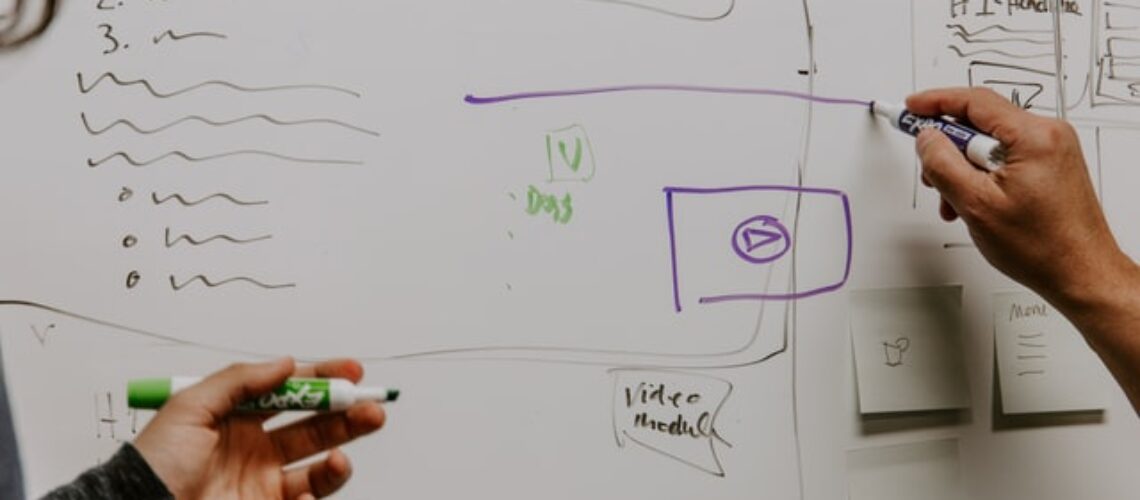Does your current selling process match your buyers’ decision-making process?
The most effective “internal” sales processes (meaning the ones you define) are the ones that match the external buyers’ process (the steps that the buyers take to make a purchase decision). Chances are you’re doing some of it effectively, but could further define your process to achieve better results.
BUYING PROCESS
Generally speaking, the buying process consists of five steps. Those products/services that are new to the market, are new to your customer, or are very expensive will require a longer period of consideration in each phase. Products/services that are familiar, that have market longevity, or that cost very little will require a shorter [even instanteneuos] process.
FIVE STEPS BUYING PROCESS
The first step is the NEED STEP, at this stage, the buyers realize they want or need something. They recognize that they have a problem or a desire, and they choose to find a solution. If this need or want is something along the lines of lunch, the buying decision can be made relatively quickly, without much thought of the actual buying process. Hunger is a quick problem to solve, most options are familiar to buyers, and the cost is usually low.
Once the choice has been made to fill a need or want, your customer begins to search for INFORMATION in order to make a quality decision that is in his/her best interest. Web sites may be visited (in which case you should offer some way for the customer to remember you, such as printable versions of information, downloadable brochures and catalogues, a way to bookmark your site, etc.). Brochures may be gathered (be sure to offer your contact information.) Phone calls might be placed (check to ensure you or your call staff has the information they need to answer questions). Free samples, test drives, and other means of “trial” work wonderfully to guide your customer through the information search stage and onto the evaluation and purchase stages.
Customers will have more confidence in their decision, even after it is made if they know they aren’t “stuck” with their purchase.
|
After your customers have collected all the information they feel is necessary, they begin to evaluate their options and narrow their choices until they finally pick the one thing that they are comfortable with, and that they can afford. This is the time to follow-up with your customers. Is there additional information they need in order to choose? Did they have problems with the free sample that can be corrected? Your “presence” during the evaluation stage is important, so do your best to retain customer contact information in order to “gently” offer any additional details the buyer might need. (Nobody likes a hard sell, or to be pushed into buying.) It’s a common occurrence in many companies and businesses. To fix this, start out by reviewing sales process problems from a high-level. These issues may require a long-term commitment to resolve. |
Global Reasons For Sales Process Inefficiencies
Here are three global reasons for sales process inefficiencies:
- Poor quality of leads going into the sales process (either not ready to start the process, or not likely to purchase your product or service).
- Poor execution of the steps of the process by reps.
- Poor positioning, weak brand, poor pricing.
Finally, here are some common tactical sales problems:
- You’re losing more prospects at a particular stage than you think you should.
- Prospects are stuck at a specific stage.
- Prospects aren’t moving fast enough through the pipeline.
- Prospects are moving too quickly through stages (or entire pipeline)

